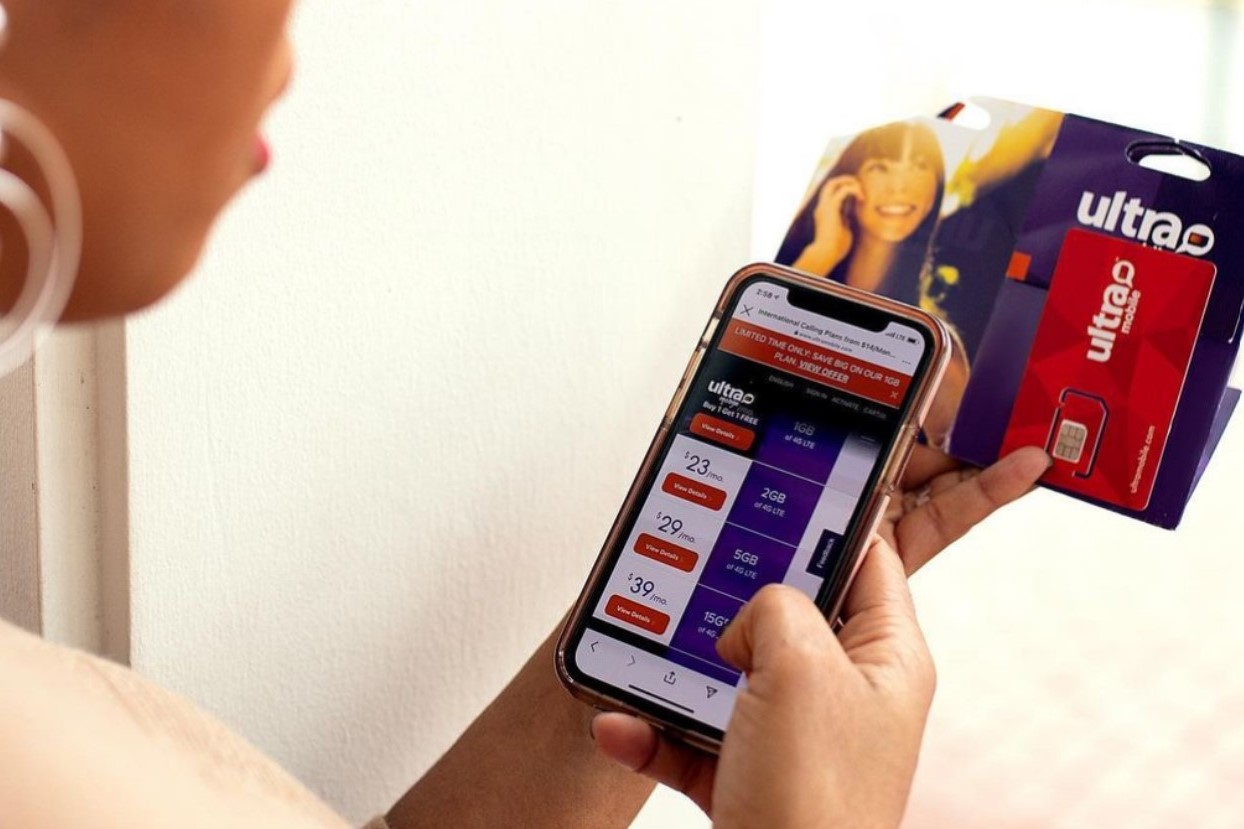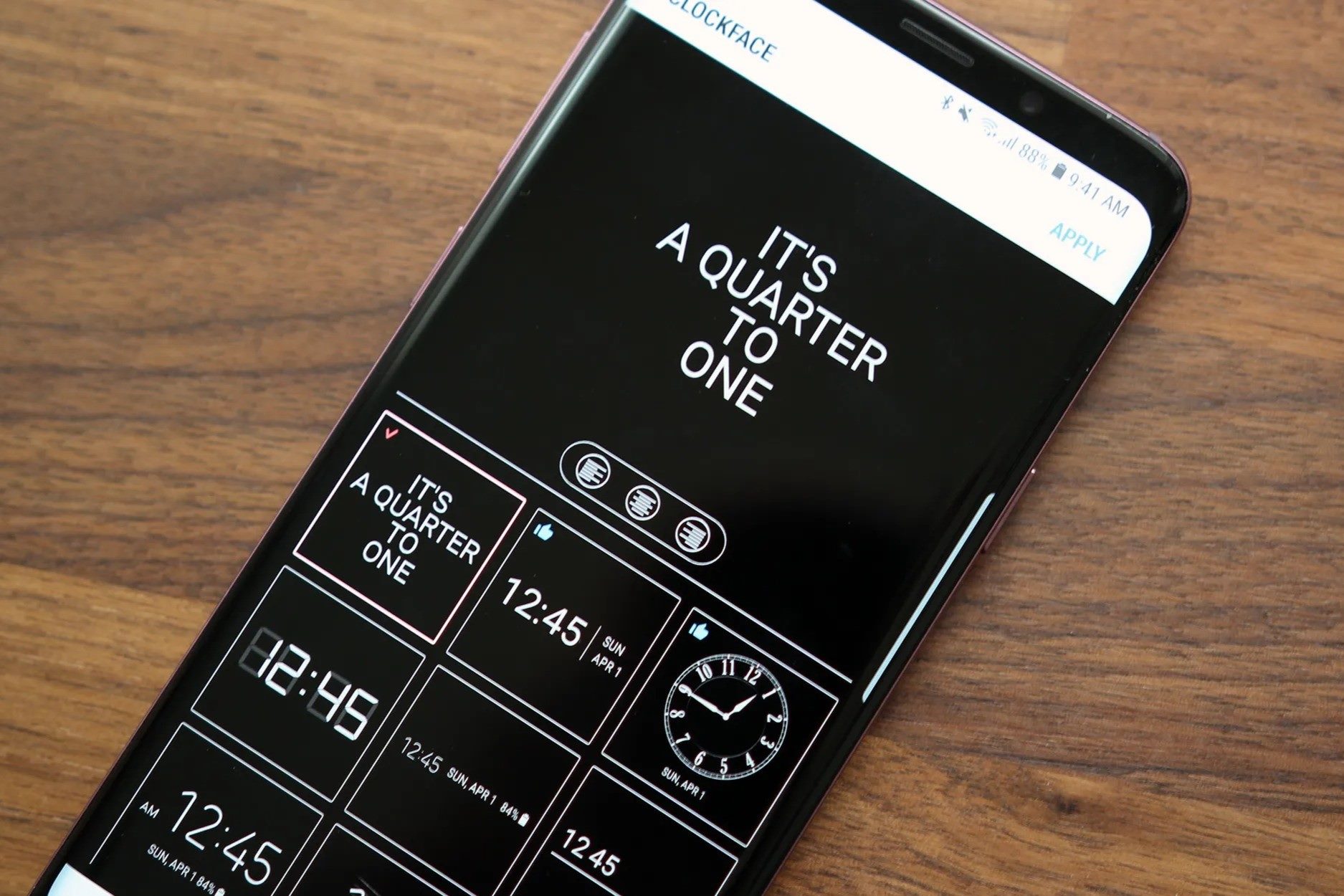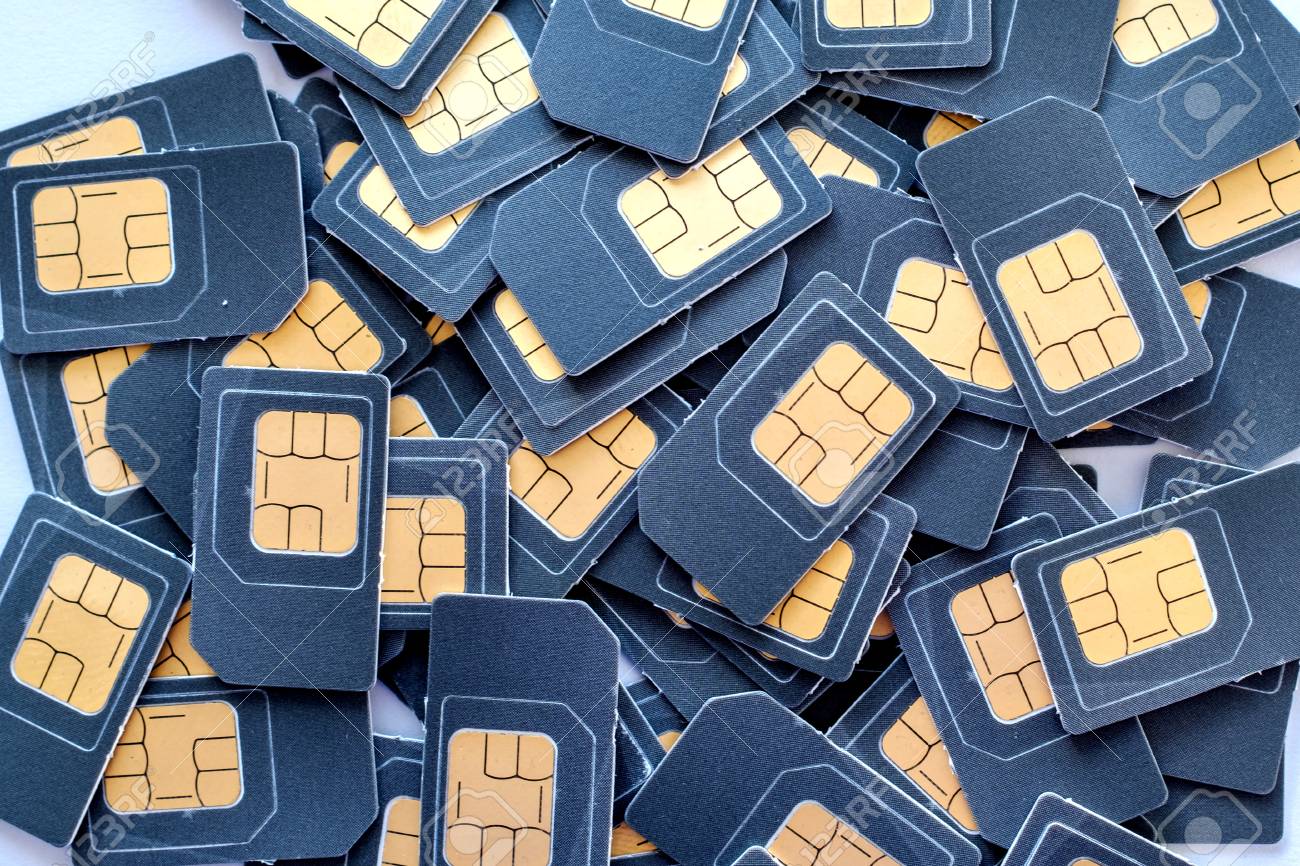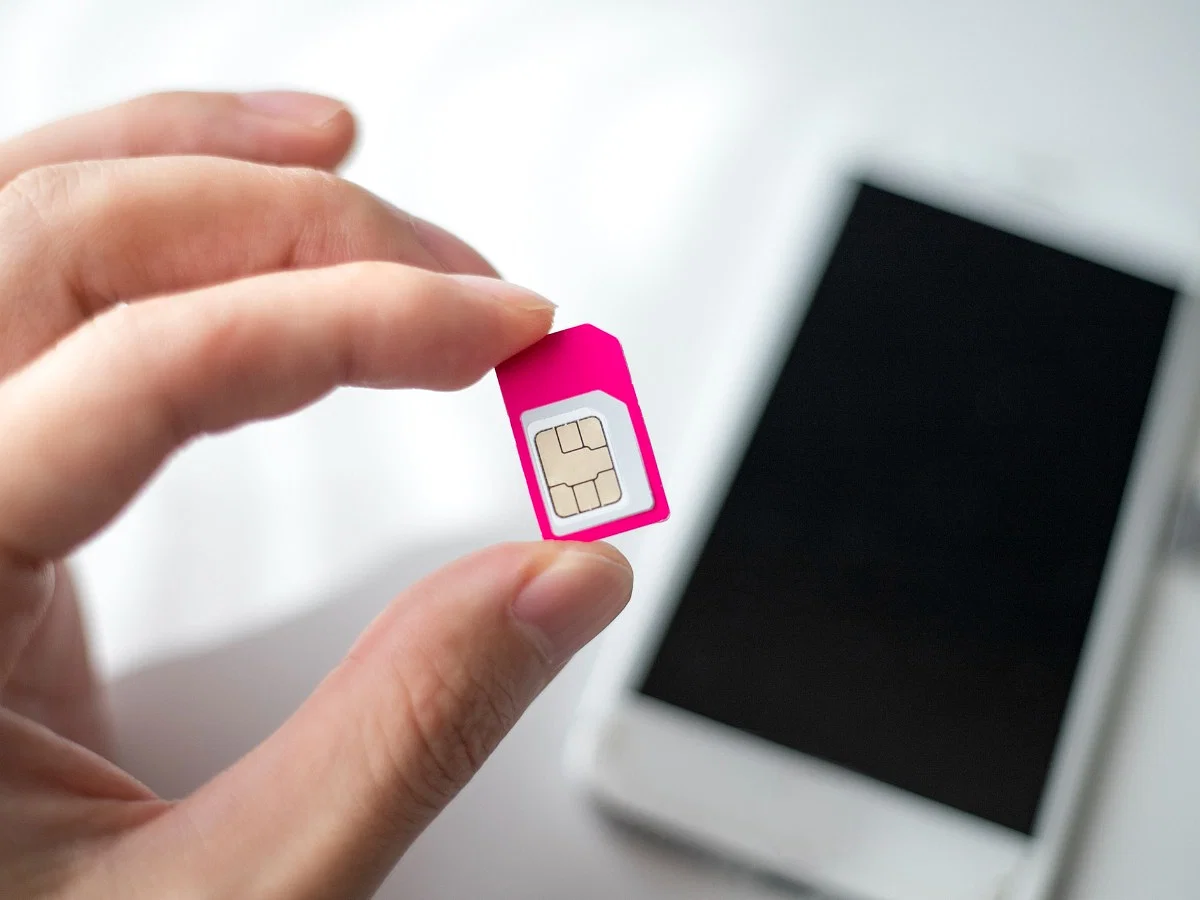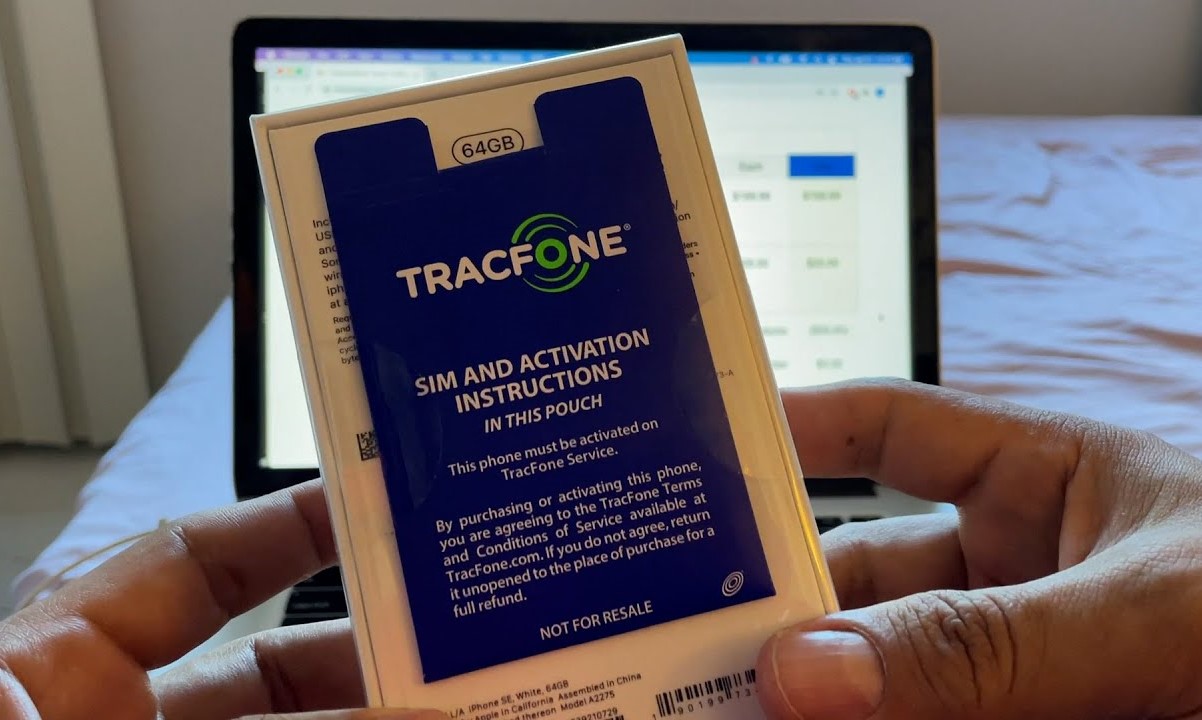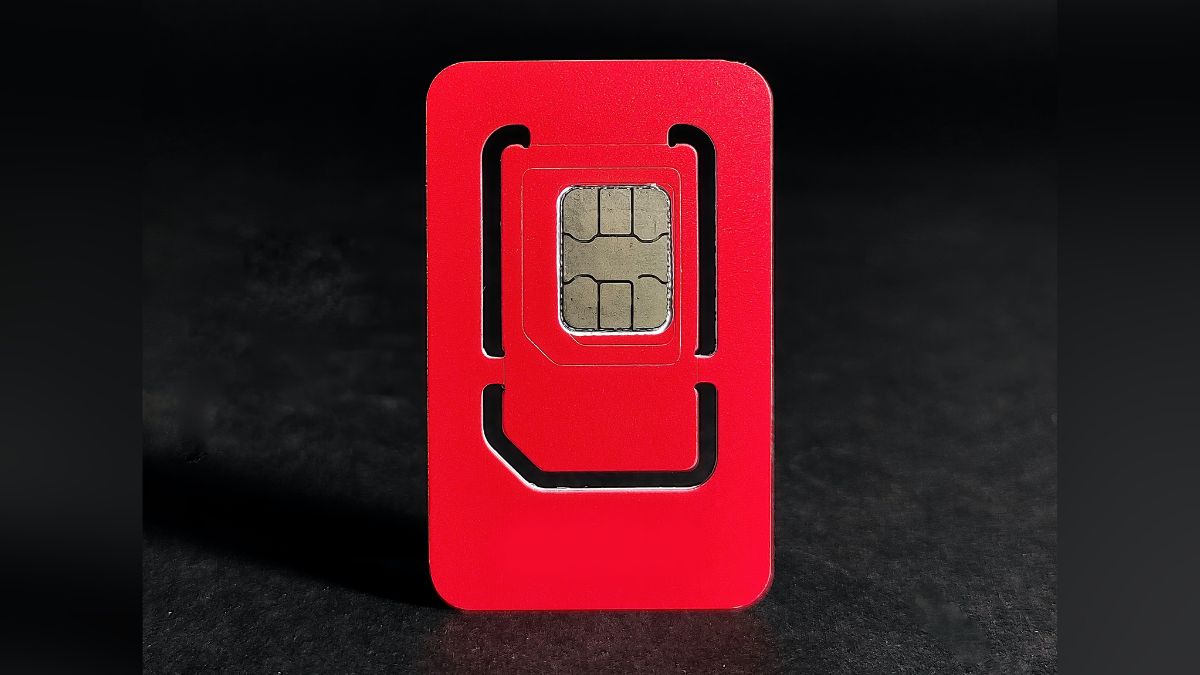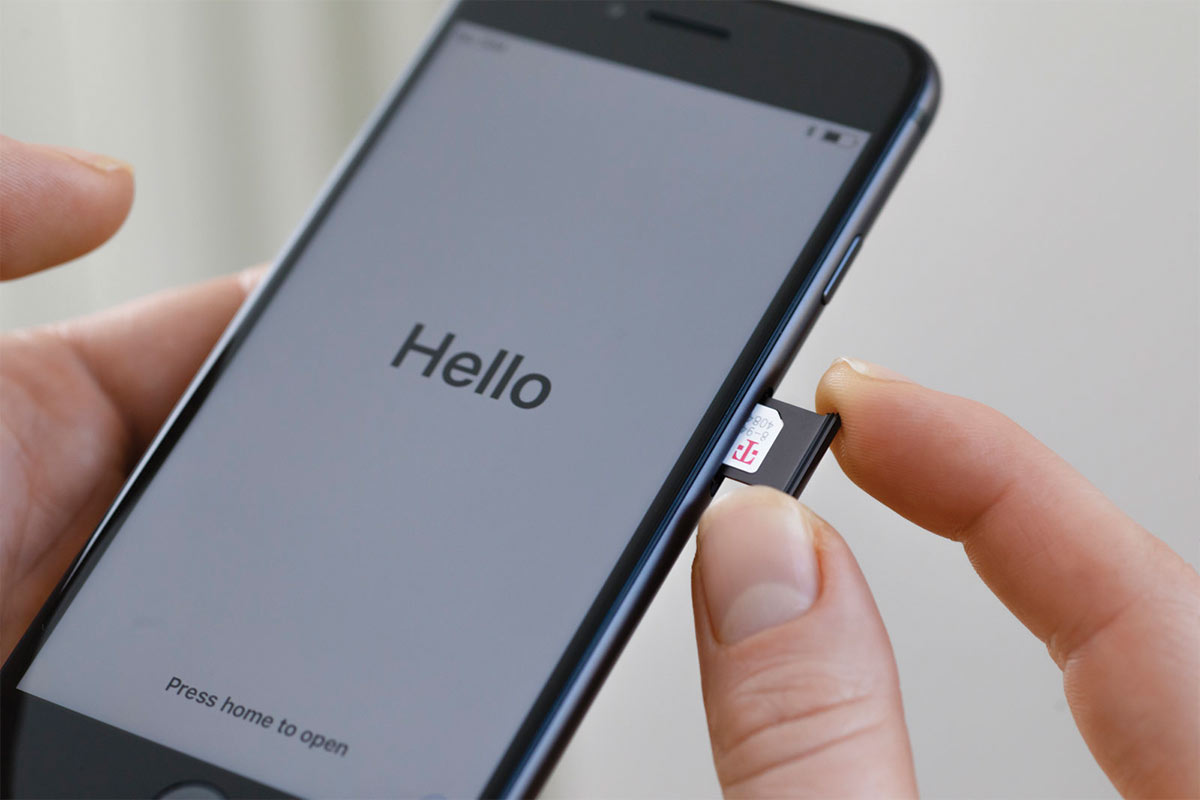Introduction
When you get your hands on a brand-new mobile device, the excitement of unboxing it and eagerly setting it up can be unmatched. However, one crucial step in this process is often overlooked: the activation of the SIM card. Understanding the activation time for a new SIM card is essential for ensuring a smooth transition to your new device.
The activation of a SIM card is the process of enabling it to connect to the mobile network and initiate communication with your device. This pivotal step allows you to make calls, send text messages, and access mobile data. Without proper activation, your device would essentially be a sleek, yet non-functional, gadget.
In this article, we will delve into the intricacies of SIM card activation, shedding light on the factors that influence the activation time and providing valuable tips to expedite the process. Whether you're a tech enthusiast eager to dive into your new device or a novice navigating the world of mobile connectivity, understanding SIM card activation is paramount. Let's embark on this journey to unravel the mysteries surrounding the activation time for a new SIM card.
What is SIM card activation?
SIM card activation is the pivotal process of enabling a new SIM card to communicate with the mobile network and establish a connection with your device. Essentially, it is the gateway that allows your mobile device to make calls, send text messages, and access mobile data. Upon acquiring a new SIM card, whether from a mobile service provider or as part of a new device purchase, it is imperative to activate it before fully utilizing the mobile services.
During the activation process, the SIM card is linked to your mobile number and associated with your account, effectively granting it access to the mobile network. This integration is crucial for seamless communication between your device and the network infrastructure. Once activated, the SIM card becomes the linchpin that facilitates your mobile connectivity, enabling you to harness the full potential of your device.
The activation process typically involves inputting a unique code or serial number, often referred to as the ICCID (Integrated Circuit Card Identifier), into the mobile network's system. This code serves as the SIM card's distinct identifier, allowing the network to recognize and authenticate it. Once the ICCID is validated, the SIM card is provisioned with the necessary network settings and configurations, culminating in its activation.
In essence, SIM card activation is the fundamental step that breathes life into your new mobile device. Without this crucial process, your device would remain disconnected from the mobile network, rendering it incapable of fulfilling its primary functions. Understanding the intricacies of SIM card activation is essential for ensuring a seamless and hassle-free transition to a new mobile device.
How long does it take to activate a new SIM card?
The duration required to activate a new SIM card can vary significantly based on several factors. In general, the activation process typically takes anywhere from a few minutes to a few hours. However, in some cases, it may take up to 24 hours for the SIM card to be fully activated and functional.
The speed of activation largely depends on the mobile service provider and the efficiency of their activation system. Some providers have streamlined processes and advanced systems in place, enabling swift activation within minutes of inserting the SIM card into the device. Conversely, others may have more intricate procedures, leading to longer activation times.
Additionally, the method of activation can influence the duration. Traditional methods, such as manual activation through customer service representatives, may take longer compared to modern, automated activation processes. With advancements in technology, many mobile service providers offer self-activation options through online portals or mobile apps, expediting the activation timeline.
Furthermore, network congestion and system maintenance can impact activation times. During peak hours or when the network experiences high traffic, the activation process may encounter delays. Similarly, scheduled maintenance or system upgrades by the mobile service provider can temporarily prolong the activation duration.
It's important to note that while most activations occur swiftly, some exceptional cases may lead to extended wait times. Factors such as network coverage, device compatibility, and potential technical issues can contribute to delays in the activation process.
Understanding the potential timeframe for SIM card activation is essential for managing expectations when setting up a new mobile device. Patience is key, and in most instances, the activation process culminates within a reasonable timeframe, allowing users to fully enjoy the functionality of their new device.
Factors affecting activation time
Several factors can influence the duration of SIM card activation, shaping the timeline from the moment the SIM card is inserted into the device to when it becomes fully operational. Understanding these factors provides valuable insights into the intricacies of the activation process and helps manage expectations when setting up a new mobile device.
-
Mobile Service Provider Efficiency: The efficiency and capabilities of the mobile service provider's activation system play a pivotal role in determining the activation time. Providers with streamlined processes and advanced systems can activate SIM cards within minutes, while others with more intricate procedures may require longer durations.
-
Activation Method: The method of activation can significantly impact the timeline. Traditional methods, such as manual activation through customer service representatives, may take longer compared to modern, automated activation processes. Self-activation options through online portals or mobile apps offered by many providers expedite the activation timeline.
-
Network Congestion: During peak hours or periods of high network traffic, the activation process may encounter delays. Network congestion can hinder the swift provisioning of network settings and configurations to the SIM card, leading to extended activation times.
-
System Maintenance: Scheduled maintenance or system upgrades by the mobile service provider can temporarily prolong the activation duration. During such periods, the activation process may be impacted, resulting in delays for new SIM card activations.
-
Network Coverage: The strength and stability of the mobile network coverage in a specific area can influence activation times. In areas with limited coverage or weak network signals, the activation process may take longer as the SIM card establishes a connection with the mobile network.
-
Device Compatibility: The compatibility between the SIM card and the mobile device also plays a role in the activation time. Ensuring that the SIM card is compatible with the device and supports the required network bands and technologies is crucial for expediting the activation process.
-
Technical Issues: Potential technical issues, such as system errors or connectivity disruptions, can contribute to delays in the activation process. Resolving these issues may require additional troubleshooting and can extend the activation timeline.
By considering these factors, users can gain a comprehensive understanding of the variables that impact SIM card activation time. While most activations occur swiftly, being aware of these influencing factors allows individuals to navigate the activation process with informed expectations and patience, ultimately leading to a seamless transition to a new mobile device.
Tips for faster SIM card activation
Efficiently activating a new SIM card is essential for swiftly harnessing the full functionality of a mobile device. While the activation process is influenced by various factors, there are actionable tips that can expedite the activation timeline, ensuring a seamless transition to mobile connectivity.
-
Choose Self-Activation: Opt for self-activation options provided by mobile service providers through online portals or mobile apps. This modern approach empowers users to activate their SIM cards independently, bypassing potential delays associated with manual activation processes.
-
Verify Device Compatibility: Ensure that the new SIM card is compatible with the mobile device. Verifying compatibility encompasses checking whether the device supports the network bands and technologies utilized by the SIM card, facilitating a smoother and faster activation process.
-
Select Off-Peak Activation Times: Attempt to activate the SIM card during off-peak hours to mitigate potential delays caused by network congestion. By choosing less busy periods, the activation process may encounter fewer hindrances, expediting the provisioning of network settings to the SIM card.
-
Ensure Strong Network Signal: Activate the SIM card in an area with strong network coverage to facilitate a swift connection to the mobile network. A stable network signal can expedite the activation process, allowing the SIM card to seamlessly integrate with the network infrastructure.
-
Follow Activation Instructions: Adhere to the activation instructions provided by the mobile service provider. Following the prescribed steps meticulously, whether through an online portal, mobile app, or customer service hotline, ensures a structured and efficient activation process.
-
Perform Device Reboot: After completing the activation process, reboot the mobile device. This simple step can prompt the device to establish a seamless connection with the activated SIM card and the mobile network, expediting the overall activation timeline.
By implementing these tips, users can navigate the SIM card activation process with agility and precision, minimizing potential delays and ensuring a swift transition to mobile connectivity. Understanding these proactive measures empowers individuals to optimize the activation experience, enabling them to fully embrace the capabilities of their new mobile devices.
Conclusion
In conclusion, the activation of a new SIM card is a pivotal step that sets the stage for seamless mobile connectivity. Understanding the intricacies of the activation process, including the factors influencing activation time and actionable tips for expediting the timeline, is essential for individuals embarking on the journey of setting up a new mobile device.
The duration required to activate a new SIM card can vary, influenced by factors such as the efficiency of the mobile service provider's activation system, the chosen activation method, network congestion, system maintenance, network coverage, device compatibility, and potential technical issues. By comprehending these variables, users can approach the activation process with informed expectations, fostering patience and preparedness for potential delays while also striving for a swift activation experience.
Moreover, the actionable tips for faster SIM card activation empower users to navigate the process with agility and precision. Opting for self-activation, verifying device compatibility, selecting off-peak activation times, ensuring a strong network signal, following activation instructions, and performing a device reboot are proactive measures that can expedite the activation timeline, ensuring a smooth transition to mobile connectivity.
By embracing these insights and proactive measures, individuals can streamline the activation process, minimizing potential delays and maximizing the efficiency of their new mobile devices. Ultimately, a comprehensive understanding of SIM card activation, coupled with the implementation of expedited activation tips, enables users to swiftly harness the full potential of their mobile devices, diving into the world of seamless communication and connectivity with confidence and ease.







